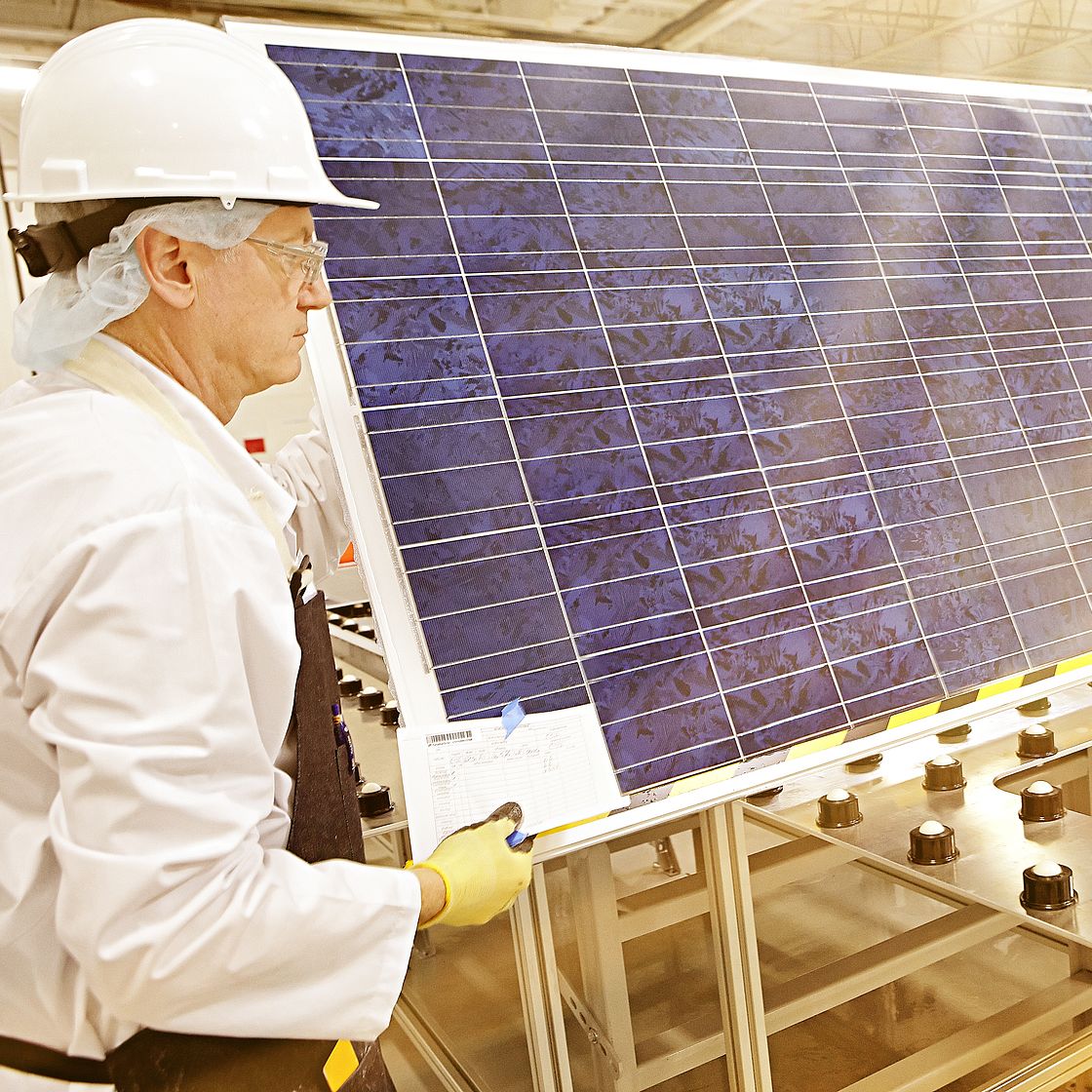https://www.pv-magazine-australia.com/2022/05/26/green-investors-eyeing-up-australia-following-election-results/

Image: Quinbrook Infrastructure Partners
In November 2021, the co-founder of renewable energy investor Quinbrook Infrastructure Partners (QIP), David Scaysbrook, was skeptical of large-scale investment in Australia due to Federal policy inertia.
Back then Scaysbrook described the United States as “the most opportunity-rich market in the energy transition” with the UK running a very close second, whereas Australia was “really a bit of a non-event in terms of the scale and volume of investment opportunity, particularly for institutional investors”.
However, following the historic 2022 Federal Election which saw Labor sweep to power with a trail of Teals and Greens, the major infrastructure investor believes the scene is set for a massive influx of institutional green capital into Australia.
“This is now a very significant market opportunity by global standards, and what’s attractive about it is the sheer scale of it and the timeframe over which it has to be achieved,” Scaysbrook told AFR.
“This is putting Australia back on the map in the eyes of global institutions looking at renewables and decarbonising industry,” continued Scaysbrook.
In the last 12 to 18 months has deployed more than $2 billion of equity into low-carbon infrastructure and renewables, mainly in the UK and the US as its Australian projects were delayed by the tardiness of the Morrison government, or simply deemed too risky because Australia’s states were having to do the hard work of emissions reduction without much federal support.
Quinbrook has about 20% of its portfolio in Australia, including two 30 MW plants producing biogas from sugar cane waste in Byron Bay; a specialist green energy retailer called Energy Locals that provides businesses with the tools to set up their own energy plan and is also partnered with Tesla in the SA VPP; Energy Trade, one of Australia’s largest behind-the-meter, community energy network businesses; and APAC Green Data, a developer of data centre campuses — so far one in Queensland and another in New South Wales — which deliver low-cost 24/7 renewable power to help customers meet their carbon-reduction targets.
Scaysbrook told AFR that after Saturday’s election a new opportunity for private capital has opened, an opportunity to help fund the investment needed to meet a “truly stunning” goal for renewables growth this decade.
“Here in Australia, we do have a champion of hydrogen in Fortescue Future Industries … but they’re not the only ones that are out there in the world that are getting prepared to make very, very significant capital commitments to drive this forward,” he said.
“In Australia we have what most other countries don’t have, that they relish, and this is large tracts of land that can be developed for solar and wind production. We have access to port facilities, we have relatively good shipping access to export markets. So we have a lot of the things that the rest of the world would love to have if they were trying to develop these green export industries.”
Brave new world
Newly-elected prime minister Anthony Albanese has promised to make the nation a “renewable energy superpower” in the wake of Labor’s federal election victory at the weekend.
“We are the greatest country on earth. But we can have an even better future if we seize the opportunities that are right there in front of us. The opportunity to shape change, rather than be shaped by it,” he said.
“Together we can end the climate wars. Together we can take advantage of the opportunity for Australia to be a renewable energy superpower.”
Federal Labor has pledged to cut carbon emissions by 43% by 2030 based on 2005 emissions levels, boost renewables, boost demand for electric vehicles (EVs) through tax breaks and help build community-owned solar power and battery projects.
Labor’s Powering Australia Plan would see renewable capacity grow to 26GW, or 82% of all NEM generation by 2030. The plan also assumes that electric vehicles (EVs) will make up 89% of new car sales in Australia by the end of the decade.
Labor’s approach centres on a $20 billion government intervention to fast-track upgrades to the national electricity grid to accommodate the influx of renewable energy. The policy is designed to bring forward the construction of high-voltage infrastructure by lowering financial and planning barriers to unlock the commercial development of large-scale renewable energy resources.
The party’s Powering Australia Plan also includes $200 million to install 400 community batteries, $100 million for the development of shared ‘solar banks’, and a commitment to reduce the emissions of the Australian Public Service to net-zero by 2030.
Australia just took a big step toward becoming a global clean energy superpower. Let’s get back in the race! #ausvotes
— Kane Thornton (@kanethornton) May 21, 2022
Clean Energy Council (CEC) CEO posted a letter to new Climate Change & Energy Minister Chris Bowen on Twitter this week, urging Bowen to make good on renewable energy pledges. “I hope you’re well rested,” said Thornton, “because there’s a lot to do, and not a minute to waste.”
“Mind, you do not have to do everything,” Thornton continued. “State and territory governments responded to the policy vacuum and stepped up … If we get it right, we put Australia back on the path to becoming a global clean energy superpower and restore our rightful place as a glowing example of a modern and prosperous economy powered by reliable, low-cost, clean energy. Saturday showed the Australian public is with us, so let’s get to it.”
This content is protected by copyright and may not be reused. If you want to cooperate with us and would like to reuse some of our content, please contact: editors@pv-magazine.com.
<




